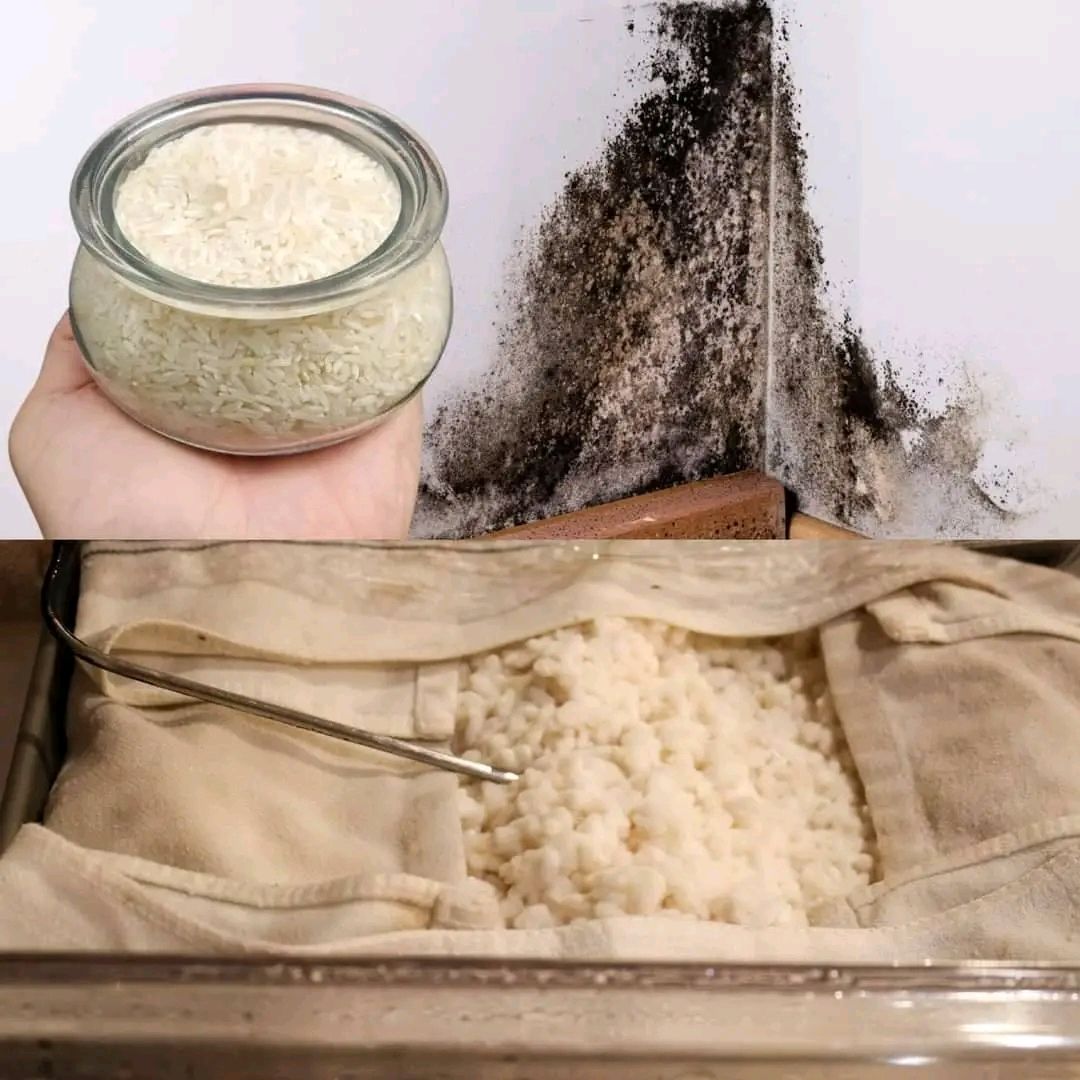ADVERTISEMENT
How to Use Rice as a Moisture and Mold Absorber
- Uncooked rice
- Cotton or breathable fabric bags
- Optional: Essential oils for added fragrance (e.g., lavender, peppermint)
Instructions:
- Prepare Rice Bags:
- Fill breathable fabric bags, like those made from cotton, with uncooked rice. The amount of rice you use will depend on the size of the area you want to dehumidify.
- For added fragrance and anti-mold properties, you can add a few drops of your chosen essential oils to the rice before filling the bags. Essential oils like tea tree, clove, or lavender have natural antifungal and antibacterial properties, enhancing the rice’s effectiveness.
- Place in Targeted Areas:
- Position the rice-filled bags in areas prone to moisture and mold, such as closets, drawers, storage boxes, under sinks, and in bathrooms. These bags work best in enclosed spaces where they can effectively absorb excess humidity.
- Regular Maintenance:
- Check the rice bags periodically. If they feel damp or clumpy, it’s time to replace the rice. Typically, you should replace the rice every 1-2 months, depending on the humidity levels.
- To rejuvenate mildly damp rice bags, you can place them in the sun for a few hours or bake them in a low-temperature oven to dry out the rice and reuse it.
Additional Tips
- For larger areas, multiple bags may be necessary to effectively reduce moisture.
- Consider rotating bags between drying and usage cycles to maintain optimal moisture absorption.
Conclusion
Using rice as a natural moisture absorber is an effective and eco-friendly way to protect your home from the damaging effects of excess humidity and mold. This simple solution is not only easy to implement but also works wonders in maintaining a dry, mold-free environment. Give it a try and see the immediate benefits of this natural remedy in action!
ADVERTISEMENT
